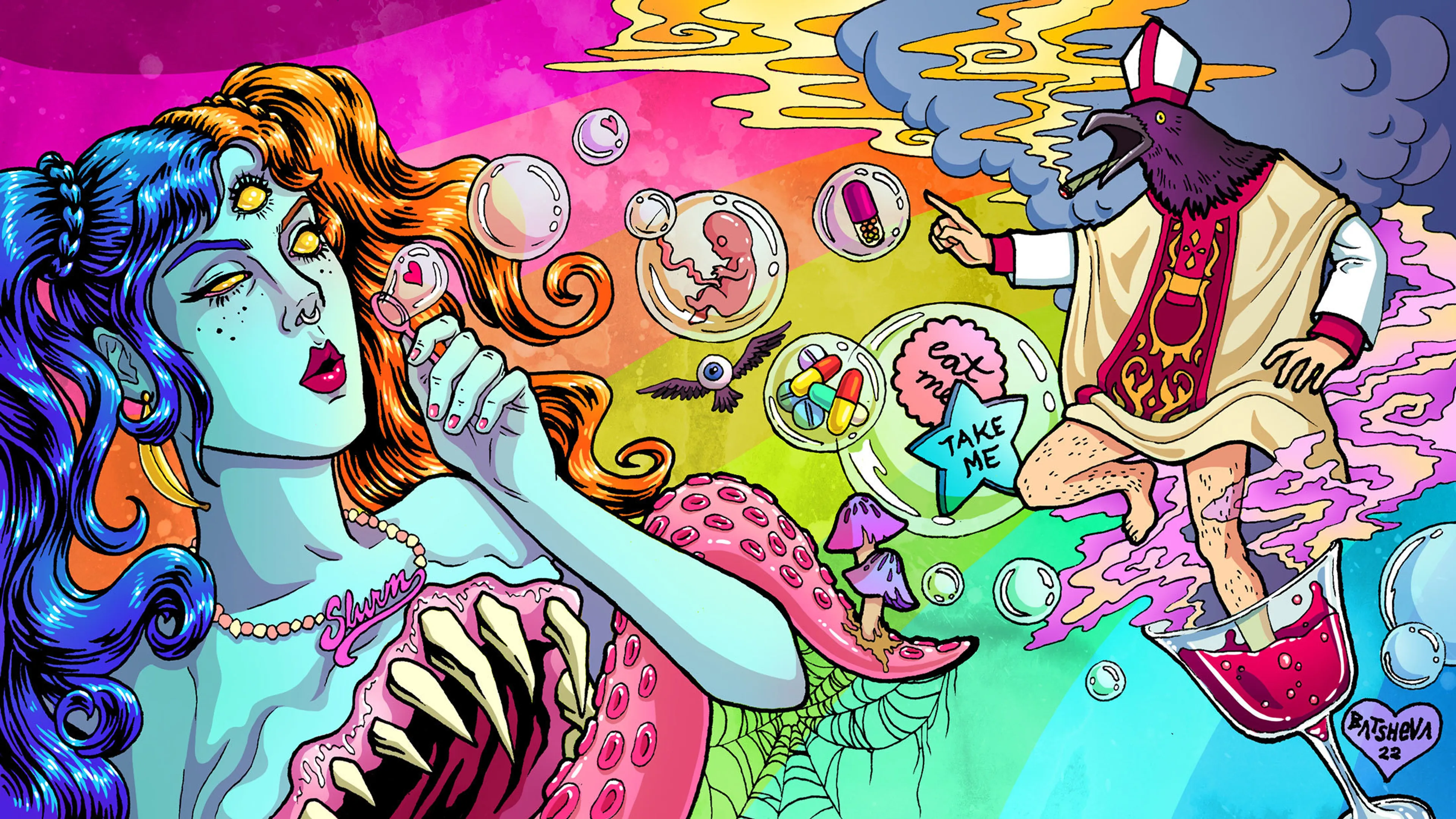Features
Sanguisugabogg: “Death metal doesn’t play into political agendas. It’s the anti-norm”
From the slaughterhouse imagery of ultra-heavy second album Homicidal Ecstasy to beefing with Ronnie Radke online, Sanguisugabogg are masters of headline-grabbing provocation. According to Devin Swank, however, the Ohio death metallers are more interested in paying respect to their storied genre and standing up for their friends than blindly going for the throat…
